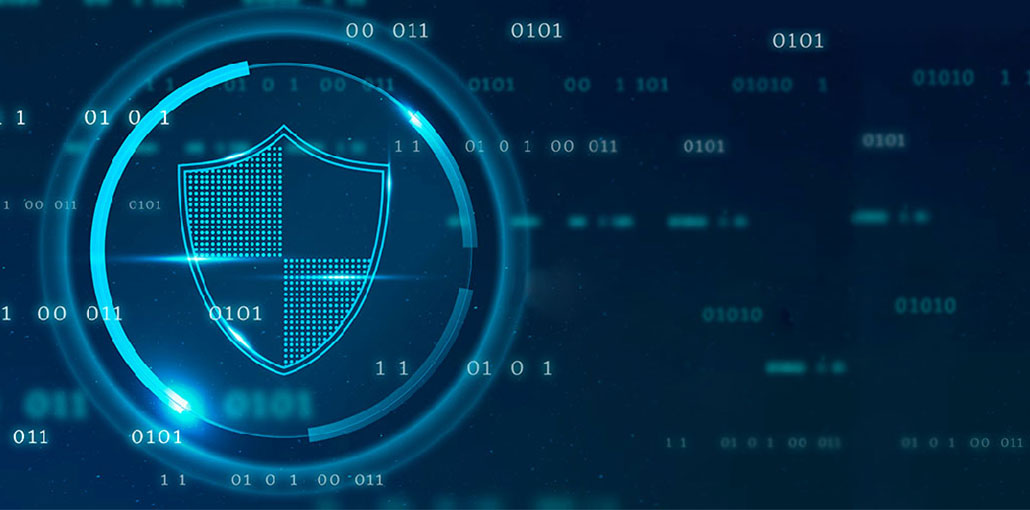Data drives all decisions made by organizations. It is crucial to protect your IT infrastructure. Companies cannot afford to make even the smallest errors that could compromise the security of their cloud computing systems and databases in 2021. Here are the top AWS security tips for users that will help you keep your environment secure.
Top 10 AWS Security Tips
1. Use the right Log Monitoring tools
Log monitoring is becoming more important as more companies switch to cloud-based platforms. Log monitoring tools that are reliable and trustworthy can be used to help companies manage logs and perform robust analyses of their systems.
One Google search will bring up a variety of log monitoring tools. It is important to select the one that suits your preferences and needs. You should choose a tool that is both secure and compatible with your organization’s needs. Cloudlytics log monitoring tools can be used to help companies monitor digital assets and protect their systems. This holistic approach ensures that your AWS environment is secure for longer periods of time.
2. Identify the important information assets
It is important to identify your most valuable information assets in order to keep your AWS safe. To protect your system against threats, both internal and external, you need to prioritize and categorize assets like user data, code, applications, and application data.
After identifying the information assets, categorize them into the following two categories.
Essential Information Assets These assets include information that is critical to the business and data that comes from other strategic business processes.
Supportive information assets – These assets are, as the name implies, the assets or components that support essential information assets. These assets can include software packages, hardware infrastructures, partnerships, personnel rosters, and other related items.
Also read: Top 10 Open Source Network Security Tools for Web Apps
3. Work on your Information Security Management System
After you have completed identifying and categorizing information assets, you can design your information security management software (ISMS). An AWS user should always establish a standard for their ISMS. This standard will assist you in monitoring, reviewing, managing, and protecting your AWS system’s security and privacy.
4. Keep track of AWS accounts, roles, and groups
Your AWS account has root permissions that could pose a risk to your system’s safety. It is therefore not recommended to use it for daily tasks. AWS users should create Identity and Access Management accounts (IAM) and give each user unique security credentials.
An IAM user can be a service, an individual, or an application depending on your preferences and needs. It is also important to ensure that your IAM users have the appropriate permissions to access certain resources. This will help you avoid data leaks and unauthorized access to data.
5. Monitor your AWS Credentials
It may seem trivial, but it is vital for users to properly manage their AWS credentials to protect the infrastructure. Each AWS account has a unique identity and password. It is a good idea to not have a security code for root user AWS accounts.
If you do not need to create an access key for the root account, you can create multiple IAM accounts for your AWS and assign appropriate user permissions. Then, you can use these IAM users to interact with your AWS. If you have an access key already created, it is recommended to replace it with an IAM user key for enhanced security. After you have replaced all-access IAM keys you can disable the root access key.
6. Make use of Resource Access Authorization
After authenticating an IAM role successfully, it can access your system resources. AWS users should use capability or resource policies to verify resource authorization. These policies can be used for restricting access to certain source IP ranges at a particular time of day.
7. Keep Your Encryption Keys secured in the Cloud
Your platform’s digital security is dependent on its encryption keys. Your encryption keys are an essential part of protecting your AWS environment. Cloud computing systems offer key management tools to protect the environment.
8. Keep your data at rest protected
It doesn’t matter if you store your data in Amazon S3, EBS, or another AWS service. You need to protect your system at rest.
You can create policies that control access, data retention, deletion, and classification. It is also important to properly classify your data and ensure that it is stored in the correct AWS region. To further protect your data, make sure you keep it encrypted
9. Protect applications running on multiple systems
AWS makes it possible to manage multiple operating systems simultaneously. To ensure security, it is a good idea to use Amazon EC2 to launch application instances on different operating system platforms. This allows AWS users the ability to monitor and control the security of multiple operating system applications from one secure repository.
Also read: Best 10 Multi-Factor Authentication (MFA) Software Solutions
10. Make use of Multi-Factor Authentication (MFA)
Multi-Factor Authentication can be integrated into your system to ensure data security, even if someone has your password. Make sure to set up MFA for your root user account as well as privileged IAM user accounts. MFA is more critical if multiple accounts are required to be managed by one user.
The Final Word
These are just a few of the many AWS security tips that will help you keep your digital environment secure. Make sure to choose the best tools and solutions for managing AWS data and protecting your infrastructure from potential threats.










Leave a comment